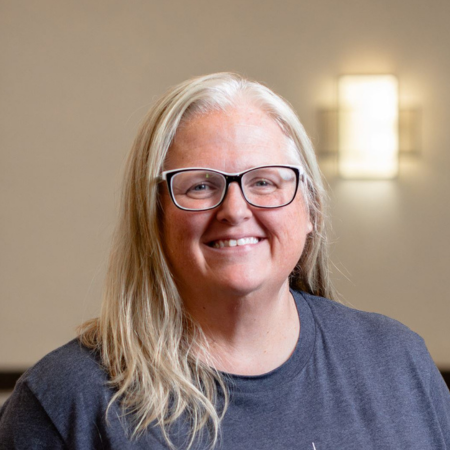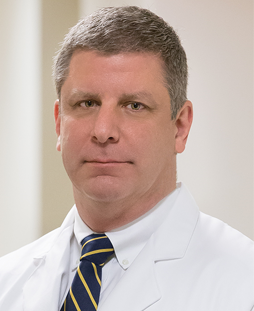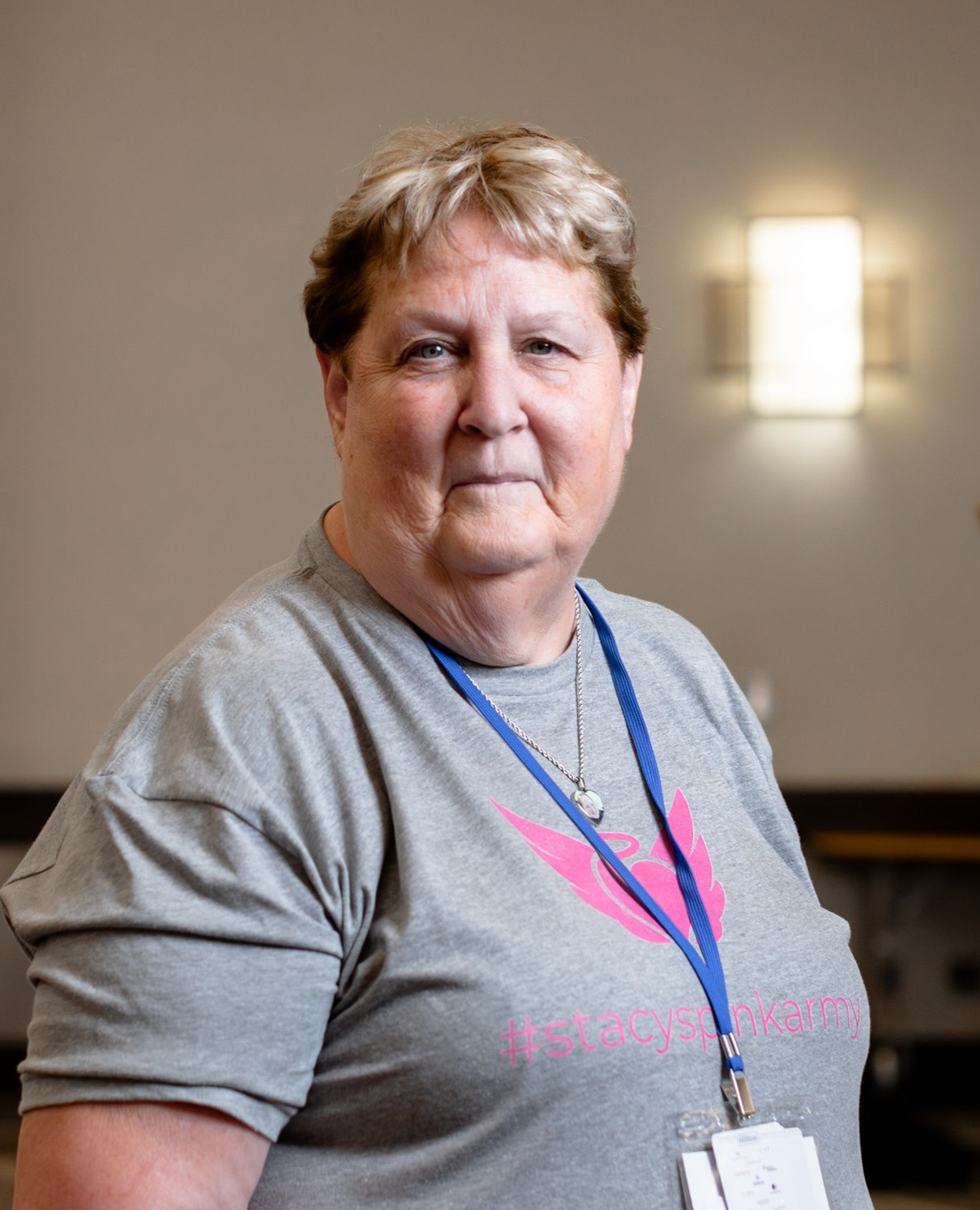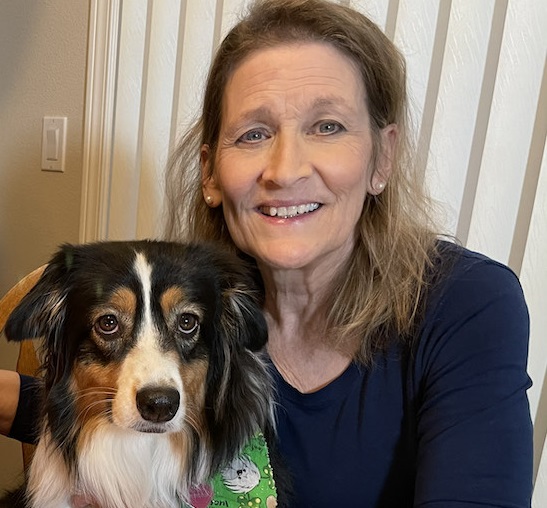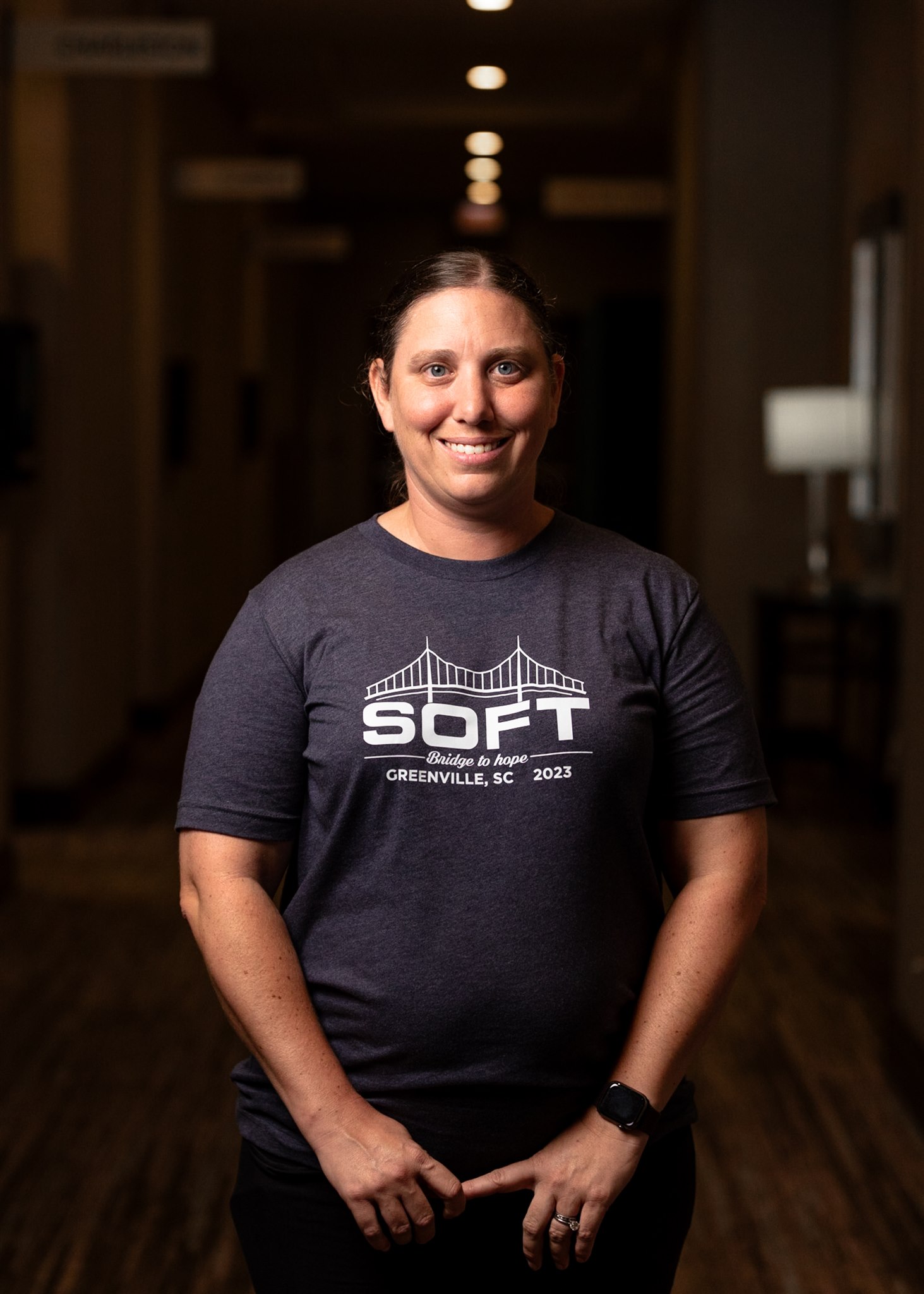ABOUT TRISOMY 18, TRISOMY 13, AND RELATED DISORDERS
(Scroll down for T18, T13 Related Disorders and More)
What is Trisomy?
A chromosome disorder is caused by an alteration in the number or genetic structure of chromosomes. Trisomy (‘three bodies’) means the affected person has 47 chromosomes instead of 46. Down syndrome, Edward syndrome and Patau syndrome are the most common forms of trisomy. Children affected by trisomy usually have a range of birth defects, including delayed development and intellectual disabilities.
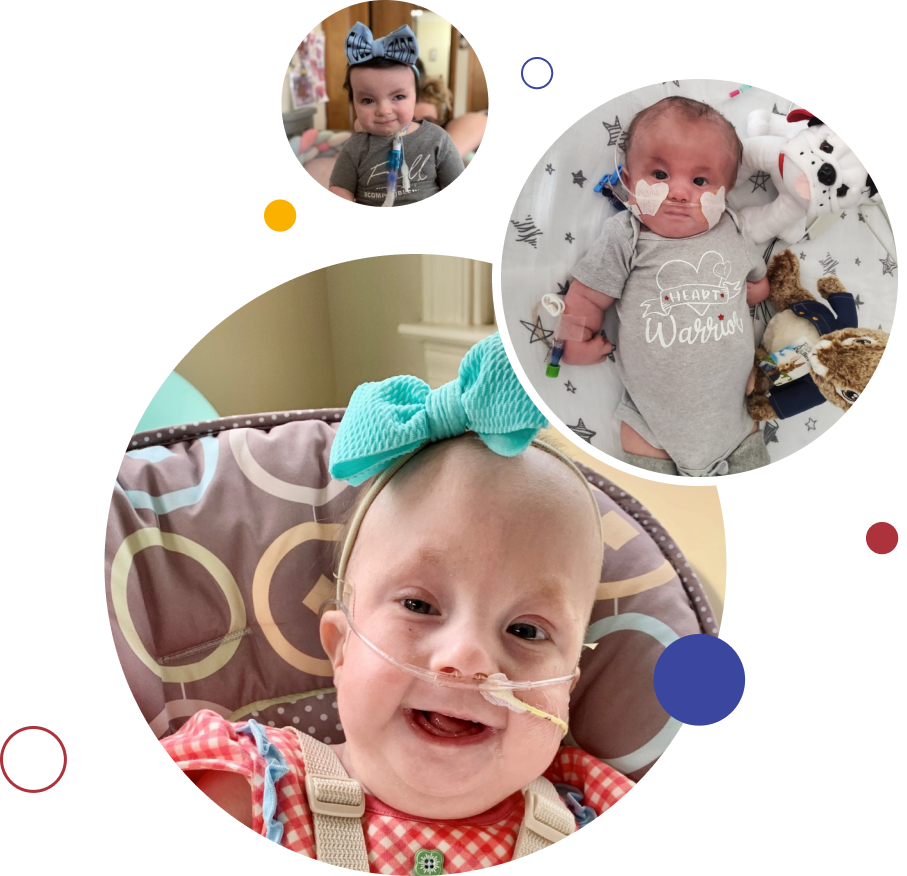
Trisomy Facts
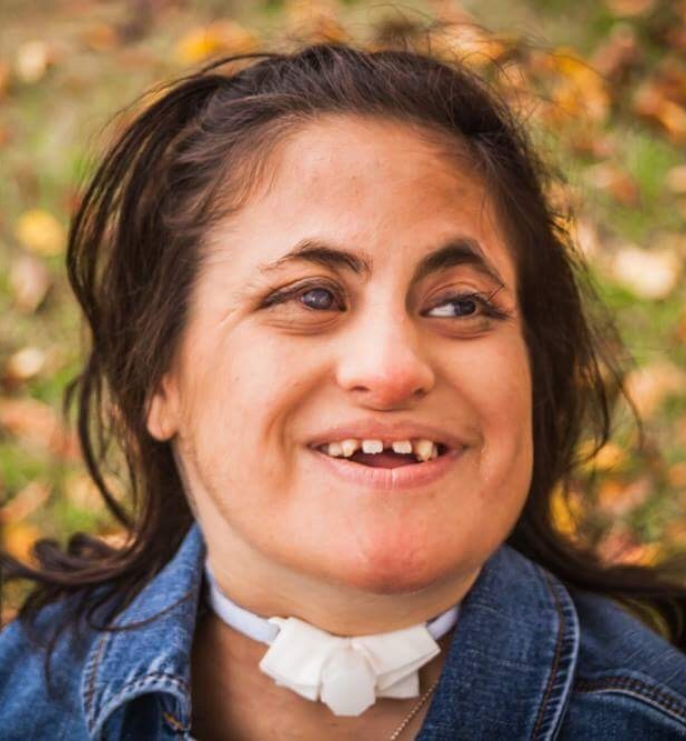
Trisomy 18
Trisomy 18 syndrome (Edwards syndrome) is a disorder of human chromosomes which occurs in approximately 1 in 7,000 live born infants. Trisomy refers to three copies of a chromosome instead of the normal two and in trisomy 18 there is a presence of an extra #18 chromosome. (Select a .pdf download below)
Trisomy 13
Trisomy 13 syndrome (Patau syndrome) is a disorder of human chromosomes which occurs in approximately 1 in 10,000-25,000 live-born infants. Trisomy refers to three copies of a chromosome instead of the normal two and in Trisomy 13 there is the presence of an extra #13 chromosome. (Select a .pdf download below)

Diagnosis & Screening
Traditional prenatal screening includes follow-up confirmation by invasive tests (e.g. chorionic villus sampling (CVS) or amniocentesis). Invasive tests have a less than 1% risk for the fetus. An explanation of traditional prenatal screening can be found here.
The recent development and marketing of a non-invasive prenatal diagnostic test (NIPD) uses DNA testing with a single blood draw from the mother. See a discussion about this new technology by Dr John C. Carey: http://trisomy.org/professional-viewpoint/










